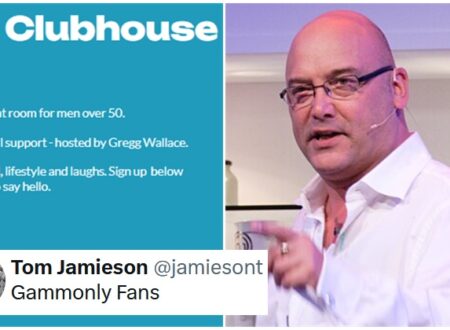Mamdani wants a rent freeze. What would that do to the NYC housing market?
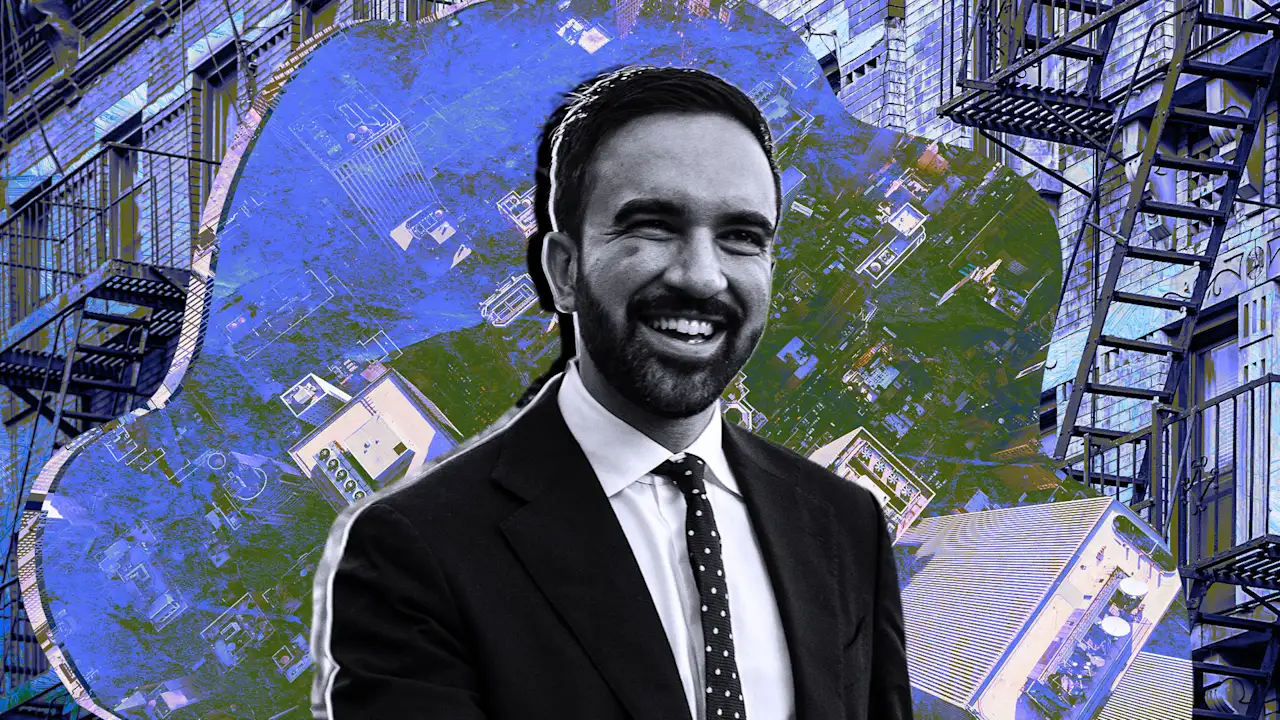
Zohran Mamdani’s victory in the New York City Democratic mayoral primary is sending shockwaves through the real estate market. But even though the 33-year-old won at the polls, some influential New Yorkers aren’t sold on his democratic socialist policies—including a promise to freeze rents.
The mayoral candidate campaigned on a promise to immediately freeze the rent for all 2 million-plus New Yorkers living in rent-stabilized apartments, and to triple the city’s stock of affordable housing by constructing 200,000 new units over the next 10 years.
That plan is certainly ruffling some feathers. Mamdani’s mayoral primary victory in June was followed by a one-day sell-off in shares of companies with significant exposure to the New York real estate market, as well as threats of a mass exodus by some of the city’s wealthiest denizens.
Such policies might sound attractive (and clearly appealed to voters), but there are those in the real estate industry who are skeptical. In particular, some experts caution that while Mamdani is well-intentioned, he may be naive about the realities of New York’s housing situation. And even if a rent freeze could be enacted rather quickly, it takes many years to get an adequate supply of new housing on the market.
“The concern among the real estate community is that while a rent freeze might provide short-term relief for tenants, it also risks raising market rents and causing long-term damage to building maintenance, rental supply, and investment interest,” John Walkup, cofounder of New York-based UrbanDigs, tells Fast Company, noting that a rent freeze could accelerate the bifurcation between rental rates for regulated versus market-rate housing.
According to Walkup, if landlords with mixed portfolios of housing units aggressively increase the rents for market-rate apartments to offset the losses for regulated units, the people who ultimately stand to pay the price of well-intentioned policies are other renters. And there are other potential consequences: Landlords could defer maintenance or upgrades, while there might be a rise in “warehoused” units that landlords intentionally keep off the market.
(Mamdani’s campaign did not respond to several requests to offer comment on the arguments described in this story.)
Maintenance woes
Landlords of smaller properties are going to face the most challenges, argues Peter Bafitis, managing principal at RKTB Architects in New York.
Many buildings with subsidized and rent-stabilized housing are older, and older buildings typically require more maintenance. Meanwhile, Bafitis says, the cost of materials and labor have skyrocketed in recent years.
“These owners are struggling to keep up with regular building maintenance and needed repairs,” he says. “What’s been happening is that these smaller landlords have not been renovating apartments and they’re letting them be vacant because the finances don’t make sense.”
These landlords rely on moderate rent increases to maintain their buildings, Bafitis says, noting that if that’s taken off the table—and there’s no commensurate relief for landlords, say in the form of reduced taxes or utilities costs—they will face a “legitimate burden” that will ultimately affect renters.
Supply issues
Like Walkup, Bafitis says any holistic solution to New York’s housing problem must address supply: “If you only deal with one side of the equation, it’s not going to work.”
The construction of regulated housing depends on private investment, but a rent freeze could deter outside investments in buildings that are often valued based on potential rent increases, Walkup says, noting that if there’s no carrot for investors—be it in the form of rent increases, subsidies, or tax incentives—they could find it less appealing to invest in regulated buildings and more attractive to invest in market-rate buildings instead.
Because of the public-private partnership that’s required to build this type of housing, if elected, Mamdani would have to find a way to partner with the private sector. “There has to be something in it for them, that’s the only way for it to work,” Bafitis says.
And even with partners on board, there are logistical hurdles to overcome. Building a large supply of new houses quickly? “Fuggedaboudit,” Bafitis says. “Not in New York City.”
That’s a reality he deals with on a daily basis as an architect. Whereas it once took one to three years to bring a small-scale project to completion, the timeline has now stretched to more like five to seven years. “It’s just because of the red tape,” he says. “It’s mind-boggling.”
Finding middle ground
While both Walkup and Bafitis commend Mamdani for focusing his campaign on issues of housing affordability, they say a holistic solution is necessary to truly address this problem. And, to be fair, there are a lot of “ifs” to be sorted out between now, the general election in November, and Mamdani potentially taking office.
Like many politicians before him, Mamdani, if elected mayor, may walk back some of the promises he made as a candidate. While a rent freeze is a “great slogan,” Mamdani would have to be a consensus-builder as mayor and find ways to work with the various well-entrenched forces in the industry, Bafitis says, adding, “Housing is an incredibly complicated business in New York.”
Finally, all the bluster this month about Mamdani’s potential impact on the housing market might be a bit much, particularly with more than three months until the general election—and plenty of time for him to refine his agenda.
“Usually, the initial reaction is a knee jerk that leans in the direction of the worst-case scenario,” Walkup says.
What's Your Reaction?
 Like
0
Like
0
 Dislike
0
Dislike
0
 Love
0
Love
0
 Funny
0
Funny
0
 Angry
0
Angry
0
 Sad
0
Sad
0
 Wow
0
Wow
0

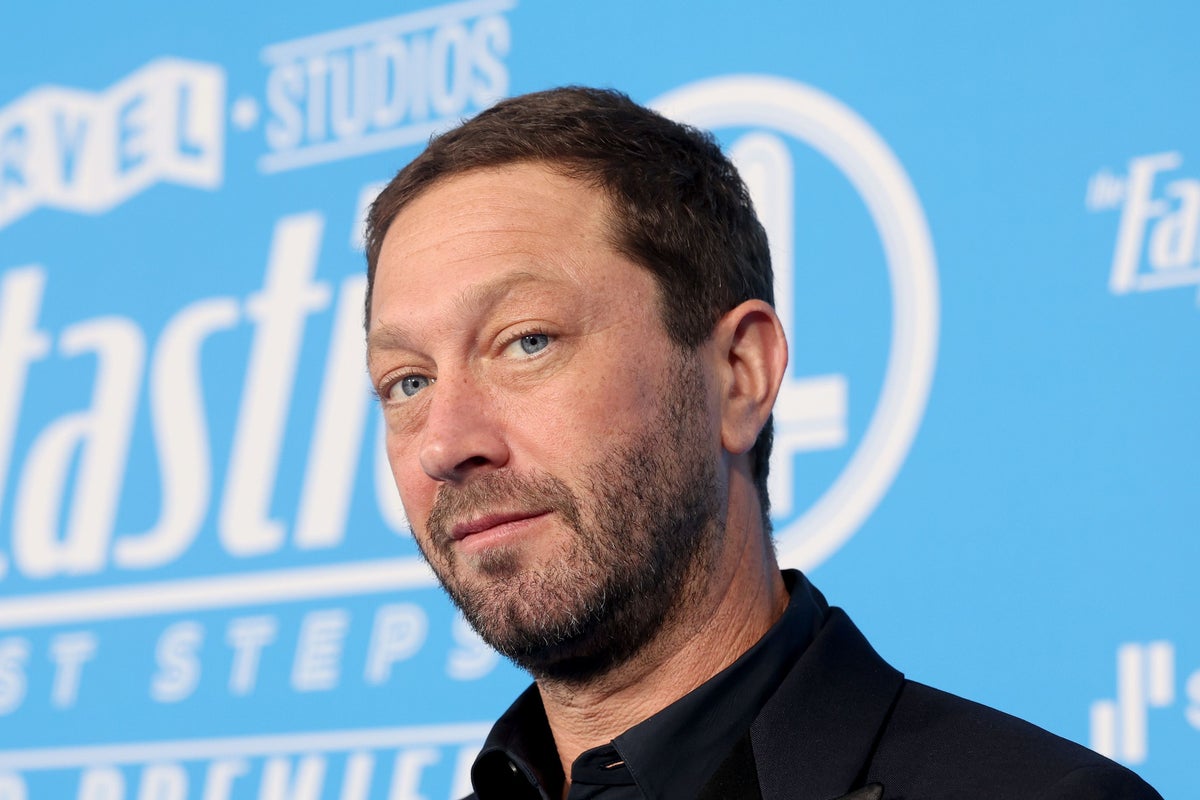


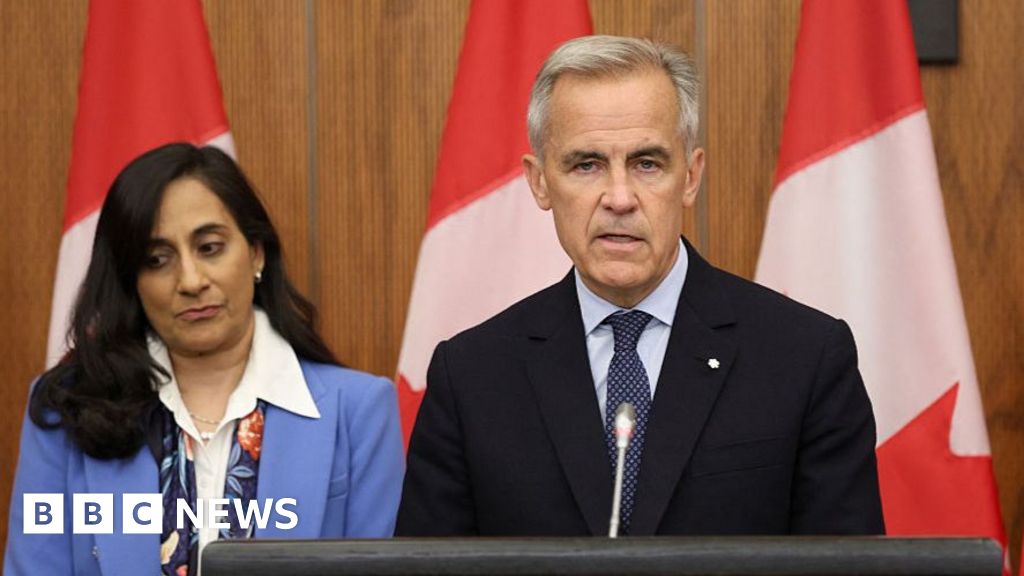
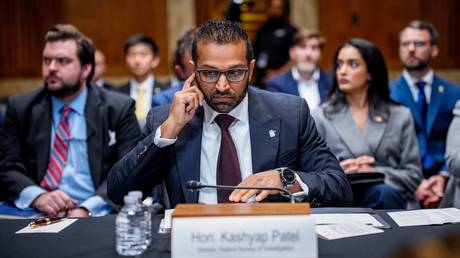
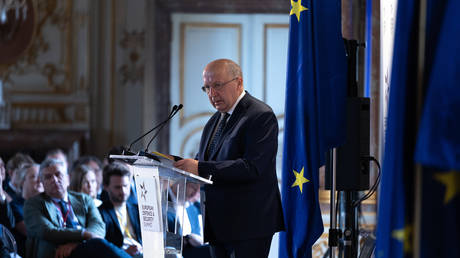
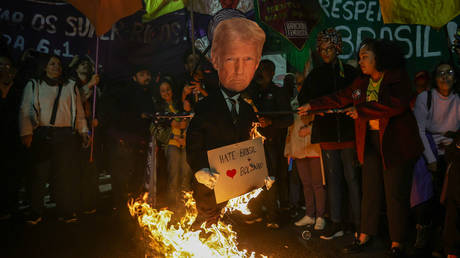

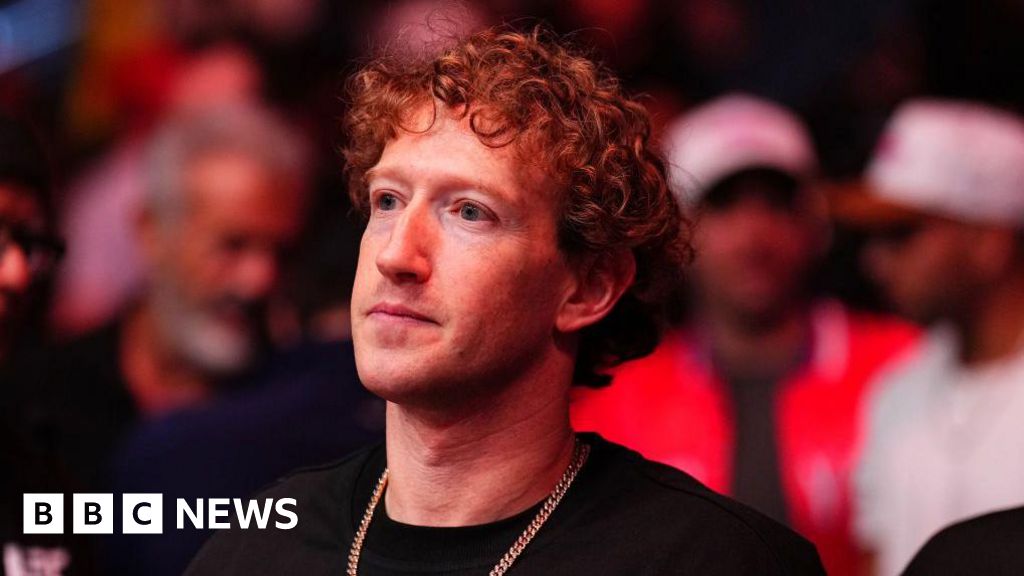




















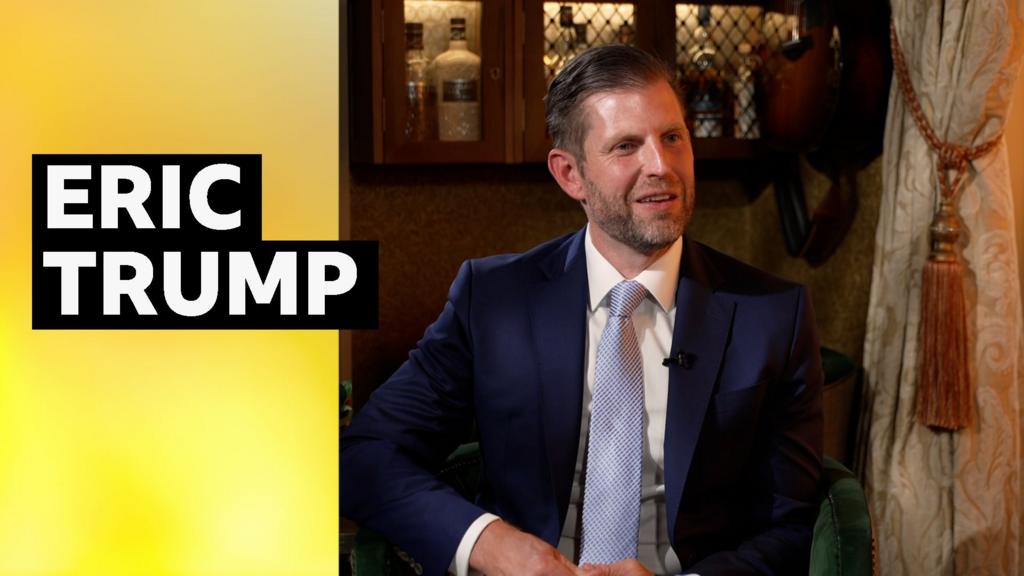























![The Challenge Premiere: Cara Maria Sorbello Breaks Down That ‘Wild’ First Challenge, Why [Spoiler] Was Eliminated](https://tvline.com/wp-content/uploads/2025/07/the-challenge-vets-and-new-threats-premiere.png?#)





